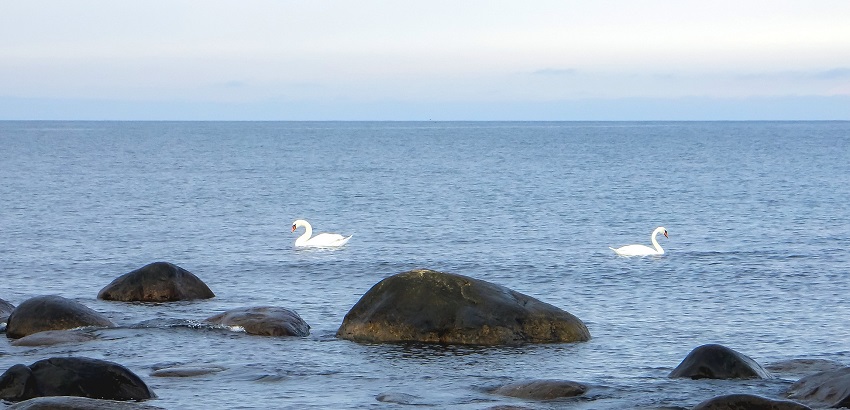There are seven HELCOM areas in Estonia, covering 24% of Estonia’s territorial sea

The Helsinki Convention, or the Convention on the Protection of the Marine Environment of the Baltic Sea Area (also the HELCOM Convention), is designed to protect the marine environment of the Baltic Sea. The first version of the convention was adopted in 1974 and entered into force in 1980. Estonia acceded to this convention in 1992. Later, it became necessary to amend the text of the agreement and adopt a new one. The new version was adopted in 1992 and entered into force in 2000. Estonia acceded to the new agreement in 1995 [1].
The purpose of the convention is to protect the entire Baltic Sea area from all sources of pollution and to restore and protect the ecological balance of the Baltic Sea. The convention covers the reduction of pollution from land-based sources in inland waters, the sea, and the entire catchment area (i.e. the area from which water flows into the Baltic Sea). It deals with overfishing, nutrient pollution, and the fight against hazardous substances, as well as nature conservation and marine spatial planning.
The governing body of the convention is the intergovernmental Helsinki Commission or HELCOM. The convention has 10 parties – all the countries bordering the Baltic Sea and the European Union. The country leading the commission changes every two years.
Each party to the convention establishes a plan setting out the activities required to restore the good environmental status of the Baltic Sea. In addition, the country party to the convention must define the so-called HELCOM areas, which form the network of protected areas in the Baltic Sea. National protection must be guaranteed in these areas. There are seven HELCOM areas in Estonia, covering 24% of Estonia’s territorial sea. Previous national protected areas, limited-conservation areas, or species protection sites are designated as HELCOM areas.
In Estonia, the Marine Environment Department of the Ministry of the Environment is responsible for coordinating the fulfilment of reporting and other obligations.
Further reading:
- State of the Baltic Sea - Initial HELCOM holistic assessment 2003-2007
- State of the Baltic Sea – Second HELCOM holistic assessment 2011-2016
- Baltic Sea Action Plan
- HELCOM databases
Last modified: 11.01.2022
__________________
[1] konventsiooni eestikeelne tekst https://www.riigiteataja.ee/akt/12816983